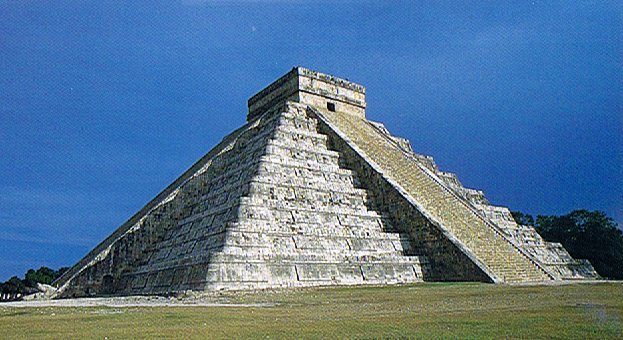TAHUA
21. In the Virgo constellation there was indeed a
special
'Foot' (Rijl, Rigel), possibly to be contrasted with the left
foot of the other wife of the Sun up in the north:
... Gamma Andromedae ... is
the third brightest star in the
constellation of Andromeda. It is
also known by the traditional name
Almach (also spelt as
Almaach, Almaack,
Almak, Almaak, or
Alamak), from the Arabic
العناق
الأرض
al-‘anāq al-’arđ
...
'the caracal' (desert lynx).
Another term for
this star used by medieval
astronomers writing in Arabic was
آلرخل
المسلسلة
Al Rijl al
Musalsalah
'the
Woman's Foot ' ...
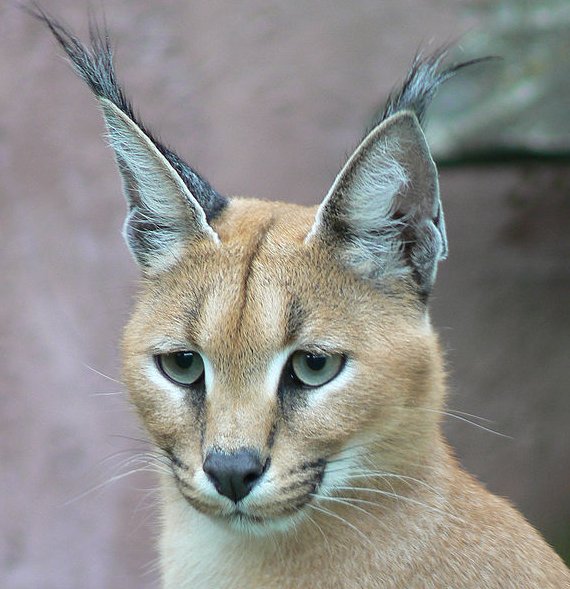
... Math the son of Mathonwy, King of North
Wales ... is pictured as a sacred King of the ancient type whose
virtue was resident in the feet. Except when his kingdom was
attacked and he was obliged to ride into battle, Math was bound
by convention to keep his foot in the lap of a priestess ...
The star marking the left foot
of the wife down in the south (μ
Virginis,
Rijl al Awwa, *222) was *20 days after Spica
(*202):
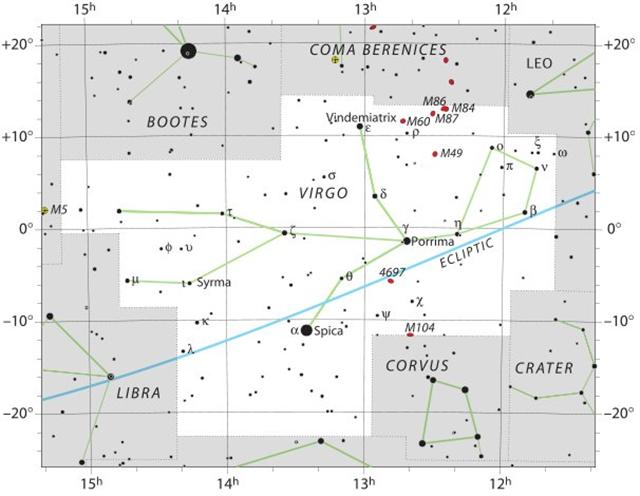
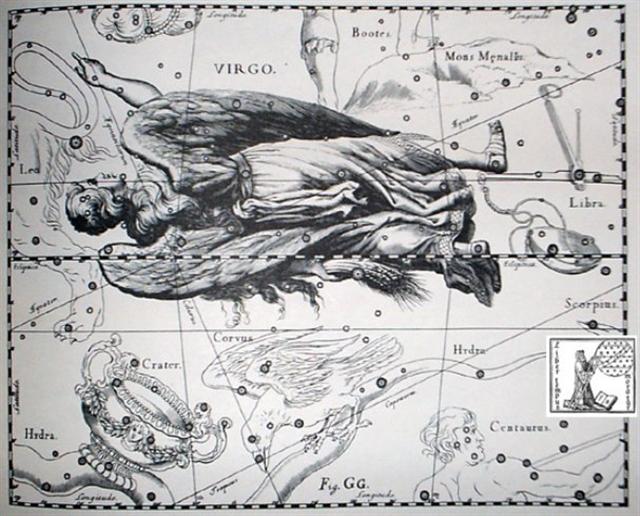
... Hamiora Pio once spoke as follows
to the writer: 'Friend! Let me tell of the offspring of
Tangaroa-akiukiu, whose two daughters were Hine-raumati
(the Summer Maid - personified form of summer) and
Hine-takurua (the Winter Maid - personification of winter),
both of whom where taken to wife by the sun ... Now,
these women had different
homes. Hine-takurua lived with her elder Tangaroa
(a sea being - origin and personified form of fish). Her labours
were connected with Tangaroa - that is, with fish.
Hine-raumati dwelt on land, where she cultivated food
products, and attended to the taking of game and forest
products, all such things connected with Tane ...
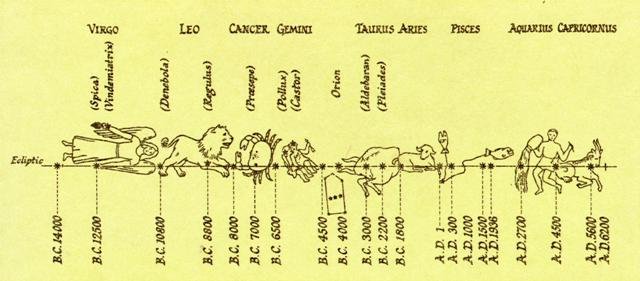
Time runs from left to right in the rongorongo texts and
before we can reach the left star foot down in 'the water' (Mem,
μ) we ought to encounter τ (*211) and several other stars in
Virgo.
... In later research it was postulated that the [Phoenician]
alphabet is actually two complete lists, the first dealing with
land agriculture and activity, and the second dealing with
water, sea and fishing ... The
first half beginning with Alef - an ox, and ending with
Lamed - a whip. The second list begins with Mem -
water, and continues with Nun - fish, Samek - fish
bones, Ayin - a water spring, Peh - the mouth of a
well, Tsadi - to fish, Kof, Resh and
Shin are the hook hole, hook head and hook teeth, known to
exist from prehistoric times, and the Tav is the mark
used to count the fish caught.
|
Egyptian
water ripples |
 |
Phoenician
mēm |
 |
Greek
mu |
Μ (μ) |
... Behind me, towering
almost 100 feet into the
air, was a perfect
ziggurat, the Temple of
Kukulkan.
Its four stairways had 91
steps each. Taken together
with the top platform, which
counted as a further step,
the total was 365. This gave
the number of complete days
in a solar year. In
addition, the geometric
design and orientation of
the ancient structure had
been calibrated with
Swiss-watch precision to
achieve an objective as
dramatic as it was esoteric:
on the spring and autumn
equinoxes, regular as
clockwork, triangular
patterns of light and shadow
combined to create the
illusion of a giant serpent
undulating on the northern
staircase ...
|
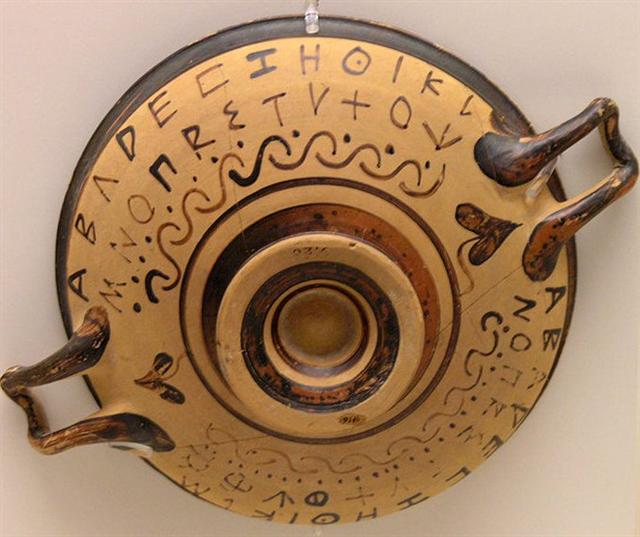
 |
 |
 |
 |
|
Aa8-67 (1316) |
Aa8-68 |
Aa8-69 (664 + 654) |
Aa8-70 (655) |
|
Oct 3 |
4 |
5 |
6 (*199) |
|
VINDEMIATRIX (ε) |
*197 |
APAMI-ATSA (θ) |
*199 |
| kua noho i te henua - i te ragi |
ma to ua |
ma te maitaki |
i te henua |
 |
 |
 |
 |
|
Aa8-71 (1320) |
Aa8-72 (→ 9 * 73 = 657) |
Aa8-73 → 8 * 73 = 584 |
Aa8-74 (664 +
659 = 1323) |
|
Oct 7
(280) |
8 |
9 (282, *202) |
10 |
|
σ Virginis (*200.4) |
*201 |
SPICA (*202) |
71 Virginis |
|
ma te akau ua - kua
vari te vaero |
o te nuku huki - e nuku mata |
 |
 |
| Aa8-75 (1040
+ 284) |
Aa8-76
(664 + 661) |
|
Oct 11 (364 - 80) |
12 (285) |
|
*204 |
HEZE (ζ,
*205.0) |
|
mai tae hanau
hia - ki tona purega |
maitaki |
 |
 |
 |
|
 |
 |
 |
|
Aa8-80 (1329) |
Aa8-81 (666) |
Aa8-82 |
Aa8-83 |
Aa8-84 |
Aa8-85 (1334) |
| ki to hatu huri |
ma to ua mata |
mae tae e ui hia
mai |
kua oho te tagata |
ki te henua |
- |
|
Oct 16 (260 + 29) |
17 (290) |
18 (472 - 181) |
19 |
20 |
21 (294) |
|
*209 |
*210 |
Τ
VIRGINIS |
THUBAN |
*213 |
Κ
VIRGINIS |
|
April 16 (314 *
1½) |
17 (16 * 29½) |
(365 + 108 = 473) |
19 |
ALKES |
21 (111) |
|
To.
1.
Particle
sometimes
used
with the
article
in
ancient
legends;
i uto
to te
hau,
the
ribbon
was in
the
float.
2. To
rise (of
the sun)
during
the
morning
hours up
to the
zenith:
he-to
te raá.
Vanaga.
1. Of. T
Pau.,
Ta.:
to,
of.
Mgv.:
to,
genitive
sign.
Mq.:
to,
of, for.
2. This,
which.
Churchill.
Mgv.:
To,
to make
a canoe
of
planks.
Mq.:
to,
to build
a canoe.
Sa.:
to,
to
build.
Churchill.
Huri. 1. To turn
(vt.), to overthrow, to knock down:
huri moai, the overthrowing of the statues from
their ahus during the period of decadence on
the island. 2. To pour a liquid from a
container: ka huri mai te vai, pour me some
water. 3. To end a lament, a mourning: he
huri i te tagi, ina ekó tagi hakaou, with this
the mourning (for the deceased) is over, there shall
be no more crying. 4. New shoot of banana:
huri maîka. Vanaga. 1. Stem. P Mgv.: huri,
a banana shoot. Mq.: hui, shoot, scion. 2. To
turn over, to be turned over onto another side, to
bend, to lean, to warp; huri ke, to change,
to decant; tae huri ke, invariable; huri
ke tahaga no mai, to change as the wind; tae
huri, immovable; e ko huri ke,
infallible; huhuri, rolling; hakahuri,
to turn over; hakahuri ke, to divine. P Pau.:
huri, to turn. Mgv.: huri, uri,
to turn on one side, to roll, to turn upside down,
to reverse. Mq.: hui, to turn, to reverse. 3.
To throw, to shoot. 4. To water, to wet. 5. To
hollow out. Hurihuri: 1. Wrath, anger;
kokoma hurihuri, animosity, spite, wrath, fury,
hate, enmity, irritable, quick tempered, to feel
offended, to resent, to pester; kokoma hurihuri
ke, to be in a rage. 2. (huri 4)
hurihuri titi, to fill up. 3. To polish. 4. (uriuri).
Hurikea, to transfigure, to transform.
Churchill. Mq. huri, resemblance. Sa.:
foliga, to resemble. Churchill. |
|
Egyptian sticks |
 |
Phoenician
taw |
 |
Greek chi |
Χ (χ) |
|
Greek tau |
Τ (τ) |
|
In Plato's Timaeus, it is
explained that the two bands that form the soul
of the world cross each other like the letter Χ.
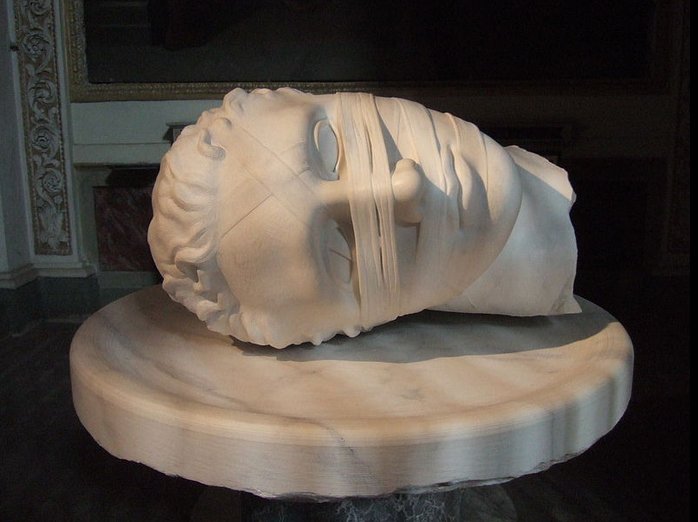
Roman XII = 12 →
XIII = 13, with the Nose in between - and later,
after the Mouth, the cycle would begin anew (I).
Chi or X is often used to
abbreviate the name Christ, as in the holiday
Christmas (Xmas). When fused within a single
typespace with the Greek letter Rho, it is
called the labarum and used to represent the
person of Jesus Christ. (Wikipedia)

... tau is the 19th
letter of the Greek alphabet. In the system of
Greek numerals it has a value of 300 ... Taw
is believed to be derived from the Egyptian
hieroglyph meaning 'mark' ...
Taw, Tav or Taf
is the twenty-second and last letter in many
Semitic abjads ... In gematria Tav
represents the number 400, the largest single
number that can be represented without using the
Sophit forms ...
'From Aleph to Taf'
describes something from beginning to end; the
Hebrew equivalent of the English 'From A to Z'
...
Tav is the last letter of
the Hebrew word emet, which means truth.
The midrash explains that emet is made up
of the first, middle, and last letters of the
Hebrew alphabet (Aleph, Mem, and
Tav...).
Sheqer (falsehood), on the other hand, is
made up of the 19th, 20th, and 21st (and
penultimate) letters.
Thus, truth is all-encompassing,
while falsehood is narrow and deceiving. In
Jewish mythology it was the word emet
that was carved into the head of the Golem
which ultimately gave it life. But when the
letter 'aleph' was erased from the Golem's
forehead, what was left was 'met' - dead.
And so the Golem died ... (Wikipedia)
 |
Here it seems reasonable for us to make a full stop, so to say,
before continuing on my next page.
|
Egyptian
hand |
 |
Phoenician kaph |
 |
Greek
kappa |
Κ (κ) |
|
Kaph is thought to have been
derived from a pictogram of a hand (in both modern
Arabic and modern Hebrew, kaph means
palm/grip) ...
... The manik,
with the tzab, or serpent's rattles as
prefix, runs across Madrid tz. 22 , the figures in
the pictures all holding the rattle; it runs across
the hunting scenes of Madrid tz. 61, 62, and finally
appears in all four clauses of tz. 175, the
so-called 'baptism' tzolkin. It seems impossible,
with all this, to avoid assigning the value of
grasping or receiving. But in the final
confirmation, we have the direct evidence of the
signs for East and West. For the East we have the
glyph Ahau-Kin, the Lord Sun, the Lord of
Day; for the West we have Manik-Kin, exactly
corresponding to the term Chikin, the biting
or eating of the Sun, seizing it in the mouth.

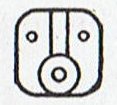

The pictures (from Gates) show east,
north, west, and south; respectively (the lower two
glyphs) 'Lord' (Ahau) and 'grasp' (Manik).
Manik was the 7th day sign of the 20 and
Ahau the last ... |
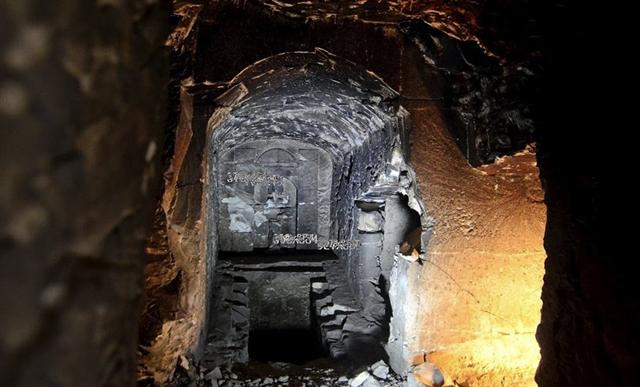
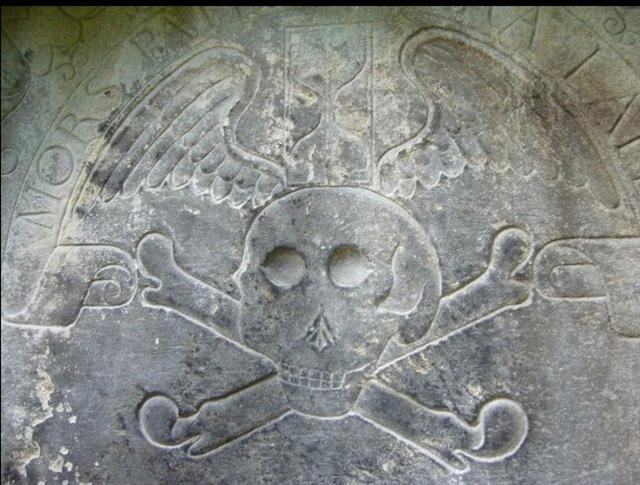
|




